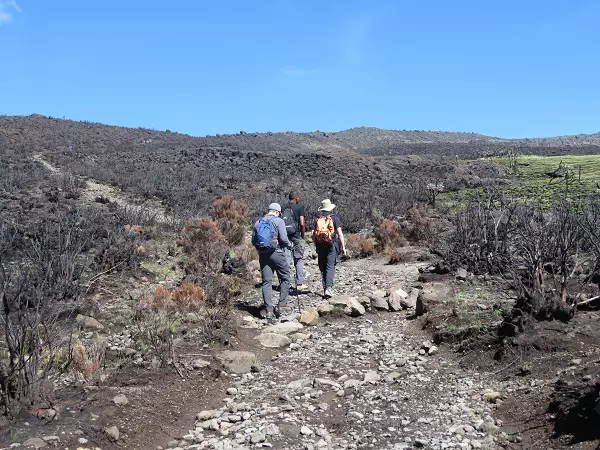
Embarking on a Kilimanjaro climb is an adventure that thrills the heart and challenges the spirit. At the core of this adventure is the Kilimanjaro climb itinerary, a roadmap that guides you to the summit and beyond. Crafting the perfect itinerary is crucial for a successful ascent, ensuring that you not only conquer the peak but also savor the journey. In this article, we’ll explore key tips to consider when creating the best Kilimanjaro climb itinerary, setting the stage for an unforgettable trek to the “Roof of Africa.”
The first step in crafting the best Kilimanjaro climb itinerary is understanding the various route options available. Each route, from the challenging and scenic Machame route to the more gradual ascent of the Marangu route, offers a unique experience. Consider factors such as your fitness level, trekking preferences, and the amount of time you have available. A thorough understanding of each route’s characteristics will guide your choice.
The duration of your Kilimanjaro climb is a critical factor that shapes your itinerary. While shorter routes like Marangu may take around 5-6 days, longer and more scenic routes such as Lemosho or Machame can extend to 7-9 days. Striking a balance between allowing sufficient time for acclimatization and selecting an itinerary that fits your schedule is crucial.
Effective acclimatization is key to a successful Kilimanjaro climb. Incorporating acclimatization days in your itinerary allows your body to adjust to the altitude, reducing the risk of altitude-related illnesses. Opt for itineraries that incorporate gradual altitude gain, rest days, and shorter trekking distances during crucial acclimatization periods.
While planning your Kilimanjaro climb itinerary, build in flexibility to account for unforeseen circumstances such as adverse weather conditions or changes in your physical well-being. A flexible itinerary allows for adjustments without compromising the overall trekking experience.
The timing of your Kilimanjaro climb significantly impacts your itinerary. Tanzania experiences two main climbing seasons – January to March and June to October. Consider weather conditions, visibility, and crowd levels when selecting the timing for your climb. The dry season is generally recommended for clearer skies and better trekking conditions.
Before finalizing your Kilimanjaro climb itinerary, invest time in physical preparation and training. Strengthening your cardiovascular fitness, building endurance, and practicing trekking with a loaded backpack are essential components of preparation. Adequate physical readiness enhances your overall climbing experience.
Choose a reputable tour operator with experience in organizing Kilimanjaro climbs. Research customer reviews, certifications, and safety records. A reliable operator will help tailor your itinerary to your preferences, ensuring a well-supported and enjoyable journey.
Crafting the best Kilimanjaro climb itinerary is a pivotal aspect of ensuring a successful and memorable trek. From choosing the right route to incorporating acclimatization days and being flexible in your plans, each decision contributes to the overall experience. As you plan your ascent to the “Roof of Africa,” consider these tips to create an itinerary that not only leads you to the summit but also allows you to savor every moment of this extraordinary adventure. Prepare for a journey that will leave you with not just the achievement of reaching the summit but a collection of cherished memories that will last a lifetime.